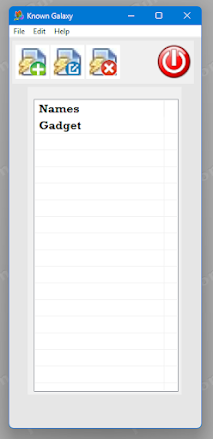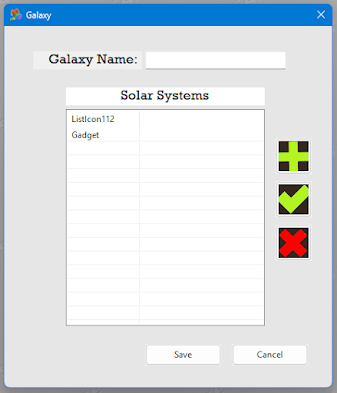How to build this without writing Code
I'm not sure if I should do this now, because I have not explained a number of additional aspects to the code, but for those of you who are interested. The foundation of what I shown you here, IS the foundation of code my PBXClassBuilder-Standard generates for you. And I truly mean generates for you. You can have all this code generated for you without writing a single line of it yourself. Now PBXClassBuilder-Standard is not perfect, it is approximately 90=95% accurate. And I am constantly tweaking it edging this number ever higher. To use PBXClassBuilder-Standard, You should start with Forms already laid out and built. Within PBXClassBuilder-Standard you use intuitive screens to define your table structure, while linking the Table Fields to their intended form Fields. Then link the Tables together as Parent Child, and finally you simply click buttons to generate the code, Including the SQL Code to create the tables. The Whole development process, post For...

